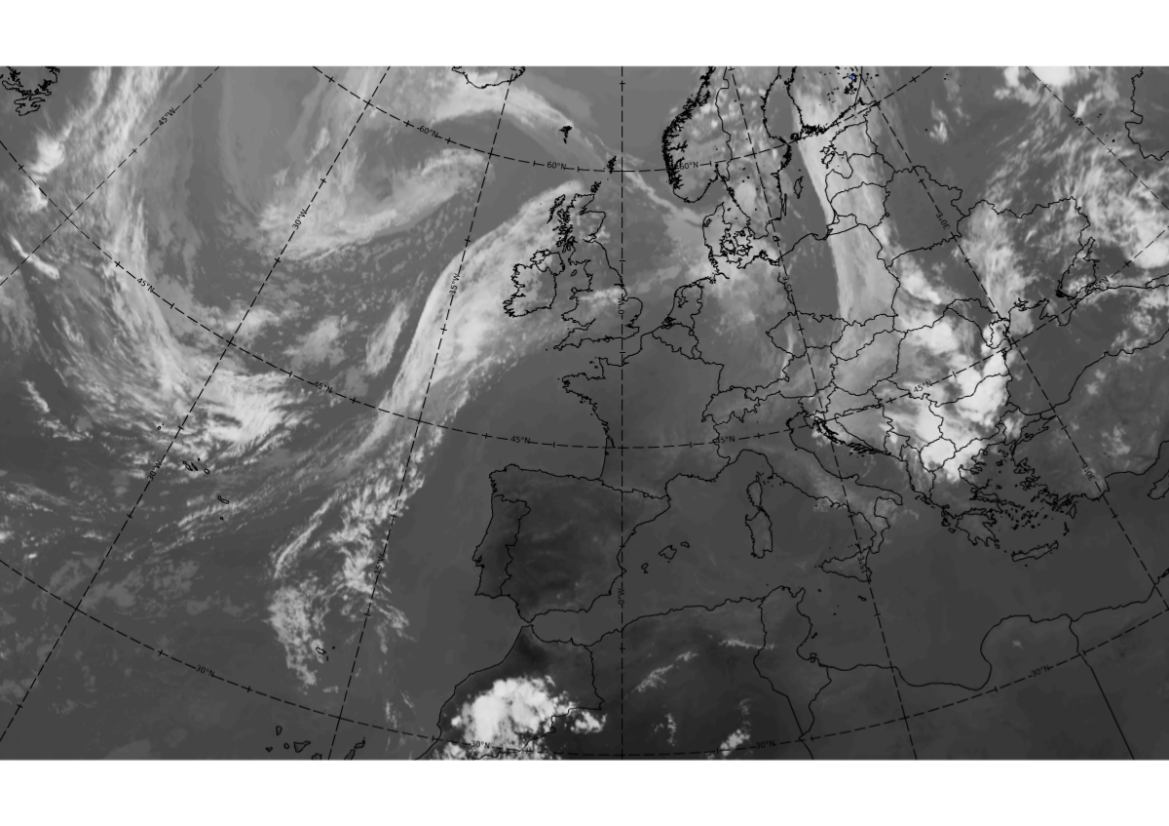Inter-annual Phenomena and Their Prediction
The course covers following topics: A brief review of the relevant components of the climate system, the statistical concepts used in climate analysis studies (e.g. correlation analysis, teleconnection maps, EOF analysis), the role of ocean-atmosphere feedback processes in intra- and interseasonal climate variability in the tropical region (e.g. ENSO, MJO) and in the extra-tropical region (e.g. Blocking, NAO, PNA), the concepts of weather and climate regimes, different prediction methods for short term climate variability (statistical methods, ensemble prediction methods, coupled ocean atmosphere models), probabilistic verification methods, predictability studies, examples of end user applications (e.g. seasonal forecasts) and the role of inter-annual and decadal climate variability in the current climate change debate.
Students will acquire an understanding of the key processes involved and will acquire expertise in analyzing and predicting short-term climate variability.
Part I: Basics
- Chapter 1: protected page Introduction and basic concepts
- Chapter 2: protected page Weather & climate data and analysis methods
Part II: Analysis
- Chapter 3: Inter-annual variability in the tropical region (protected page Part I) (protected page Part II) (protected page Part III)
- Chapter 4: Inter-annual variability in the extra-tropical region (protected page Part I) (protected page Part II)(protected page Part III)
Part III: Prediction
- Chapter 5: Prediction of inter-annual variability (protected page Part I) (protected page Part II)
- Chapter 6: Inter-annual variability and climate change (protected page Part I)
Part IV: Weather and Climate Services
- Chapter 7: Weather and climate services (protected page Part I)
Summary
- Chapter 8: protected page Summary
